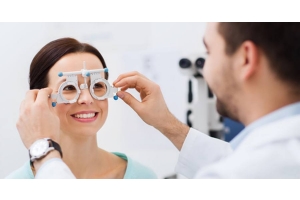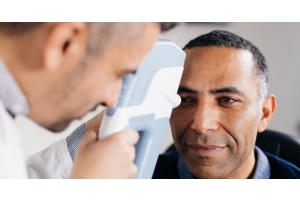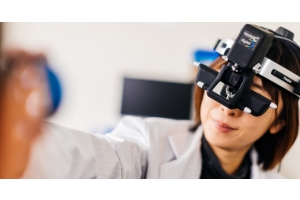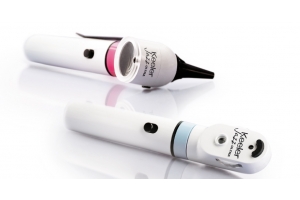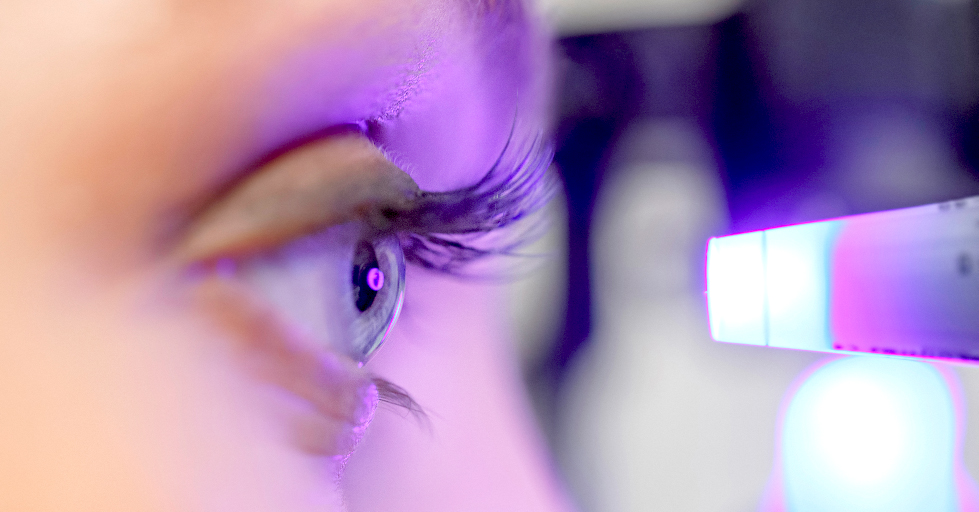
Although glaucoma can cause headaches, it is often referred to as the ‘silent thief of sight’ because sufferers rarely have symptoms to begin with.
It tends to develop slowly over many years and affects the edges of your vision (peripheral vision) first.
There are several types of glaucoma, and while the most common types may not have warning signs until substantial vision loss, others are associated with headaches.
Without treatment, glaucoma can eventually lead to blindness; however, early diagnosis and treatment can help prevent a decline in vision loss.
Read about the 4 types of common ophthalmic surgeries
Let's take a closer look at the connection between glaucoma, headaches and migraines, and the different types of glaucoma and symptoms.
Is there a connection between glaucoma and headaches?
Primarily, acute types of glaucoma can result in headaches due to the drainage system closing suddenly and rapidly increasing eye pressure. As we know, prolonged increased pressure can lead to vision loss.
Worldwide the prevalence of primary open-angle glaucoma POAG is estimated to be over 57.5 million people and is estimated to reach 111.8 million by 2040.
Glaucoma-related headaches can be felt in or around the forehead or eyes. Those with headaches often experience varied intensity ranging from mild to severe. At the same time, vomiting and nausea can accompany the headache.
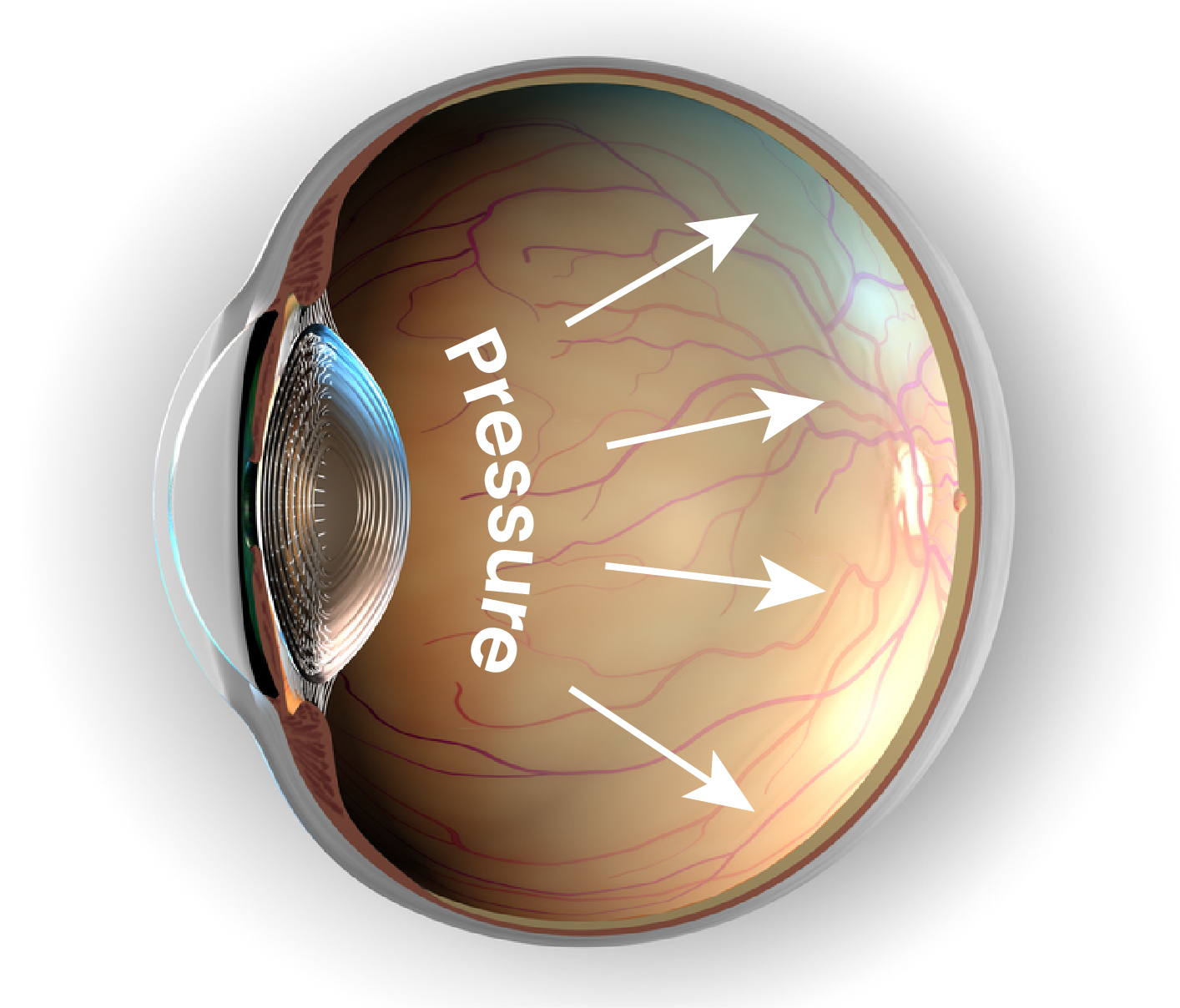
Very occasionally, glaucoma symptoms can develop suddenly into
- Intense eye pain
- Nausea and vomiting
- A red eye
- A headache
- Tenderness around the eyes
- Seeing rings around lights
- Blurred vision
Glaucoma and migraines
Certain types of glaucoma headaches can be mistaken for a migraine – both can cause visual disturbances such as seeing halos around objects or foggy vision. However, the right diagnosis can easily be made by effectively measuring and monitoring the intraocular pressure (IOP).
Several drugs – including antihistamines and other over the counter medicines – have been known to cause untreated glaucoma to worsen.
Early diagnosis and treatment of glaucoma can help prevent a patient’s vision from worsening. Having regular dilated eye exams helps to catch glaucoma and start treatment as soon as possible – this is particularly important for those with diabetes.
Different types of glaucoma
Does primary open angle glaucoma cause headaches?
The most common and chronic type of glaucoma – open-angle glaucoma – doesn't have symptoms. Without any early warning signs, this condition can develop slowly over several years without the patient experiencing any loss of sight.
The majority of people who have open-angle glaucoma do not notice any changes in vision until they lose peripheral vision. Most patients with this type of glaucoma can even maintain the sharpness of vision or visual acuity until the later stages of the disease. By the time most patients notice vision loss, the disease has already advanced quite far.
What is neovascular glaucoma?
Neovascular glaucoma is a condition that causes very high eye pressure and regular headaches. It is a secondary type of glaucoma where abnormal blood vessels grow over the drainage system.
The development of these abnormal drainage-angle vessels and iris vessels can occur whenever an individual is dealing with the more severe type of diabetic eye disease known as proliferative diabetic retinopathy. These abnormal vessels can also result from vascular occlusions in the eye, like central retinal vein occlusion.
Although there are other, less common types of neovascular glaucoma, they all involve the growth of abnormal vessels. Eventually, the drainage angle is completely covered and the IOP climbs excessively high.
This can cause the patient to experience:
- Blurred vision
- Nausea
- Pain
- Headaches
What is angle-closure glaucoma?
Angle-closure glaucoma is another condition that causes extremely high eye pressure and subsequent headaches.
With an angle-closure glaucoma attack, the IOP increases gradually until the angle for drainage is entirely closed. This causes the pressure in the eye to spike more rapidly. Your patients may experience nausea, pain, blurred vision, and headaches.
Before an angle-closure glaucoma attack, the patient with narrow angles may experience closure of the angle from time to time for various reasons:
- Entering a dark room
- Excitement or stress
- Taking certain drugs such as antidepressants and antihistamines
In these scenarios, your patient may experience blurred vision and headaches. However, if the episode doesn't develop into a full attack and the angle-closure resolves, the symptoms will typically resolve.
Treatments for angle-closure glaucoma involve treating the lower eye with medicines and laser iridotomy. This same procedure can be used to prevent an angle-closure glaucoma episode.
In the acute setting, however, the individual may be in pain because of a swollen cornea caused by high eye pressure, which makes the procedure much more challenging to perform.
Causes of glaucoma
Most cases of glaucoma are caused by a build-up of pressure in the eye when fluid is unable to drain properly. This increase in pressure damages the nerve that connects the eye to the brain (optic nerve).
While it's unclear why this happens, certain factors can increase the risk.
- Age – glaucoma becomes more common as you get older
- Ethnicity – people of African, Caribbean or Asian origin are at a higher risk
- Family history of glaucoma
- Other medical conditions – such as short-sightedness, long-sightedness and diabetes
Diagnosing and treating glaucoma
If a patient references chronic headaches, it's vital you check the eyes as a potential source of the pain.
Using a tonometer is the best way to diagnose, treat, and track glaucoma. Common tonometer options include:
Once a diagnosis has been made treatment may include:
- Eyedrops – to reduce the pressure
- Laser treatment – to open up the blocked drainage tubes or reduce the production of fluid in your eyes
- Surgery – to improve the drainage of fluid
Contact Keeler
Contact Keeler for a full selection of cutting-edge tonometers and other diagnostic equipment.





